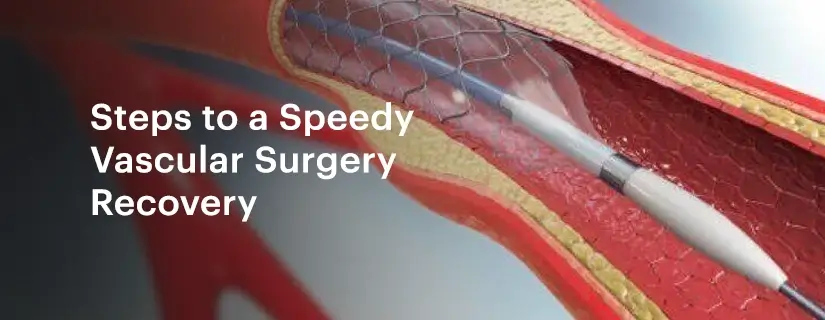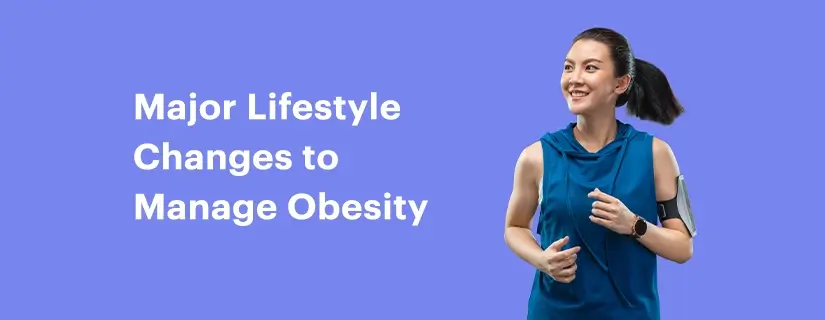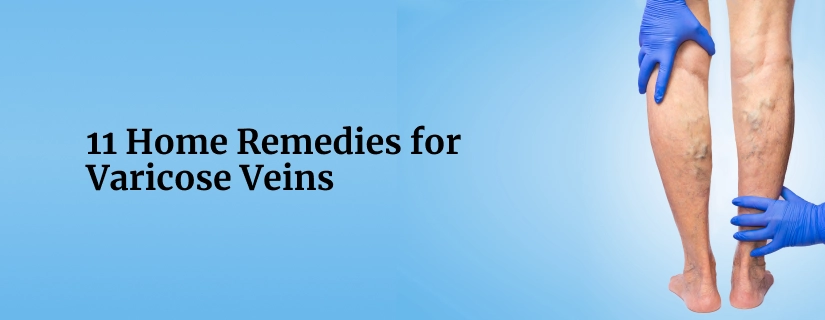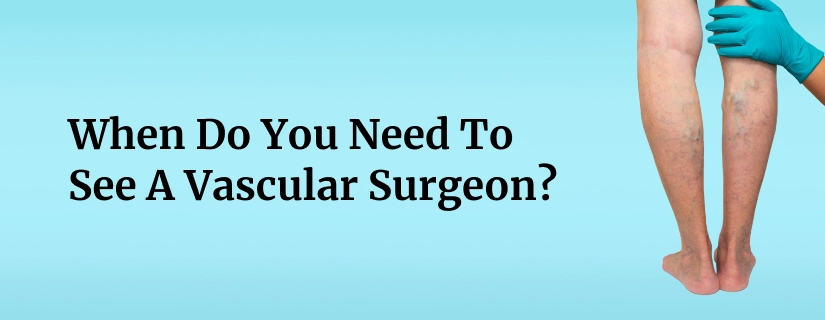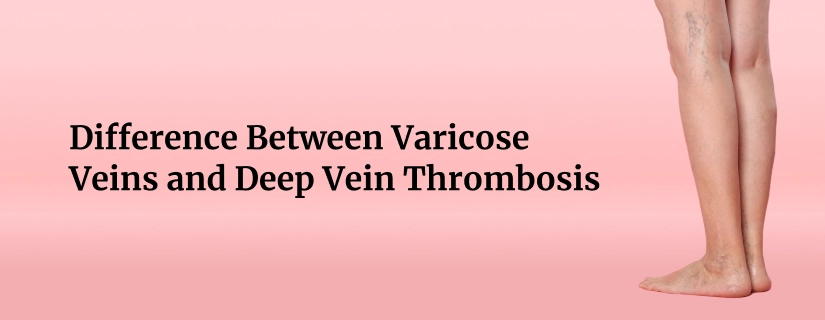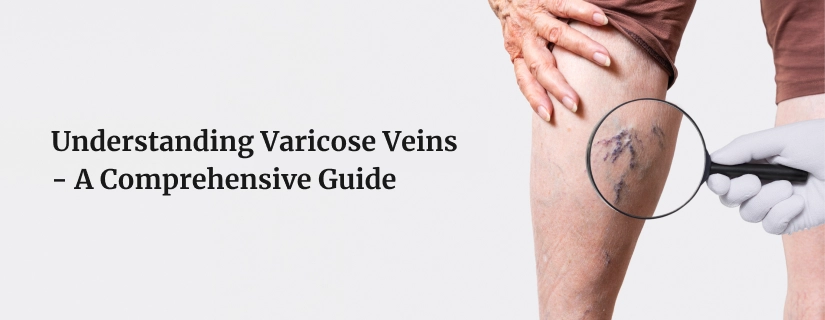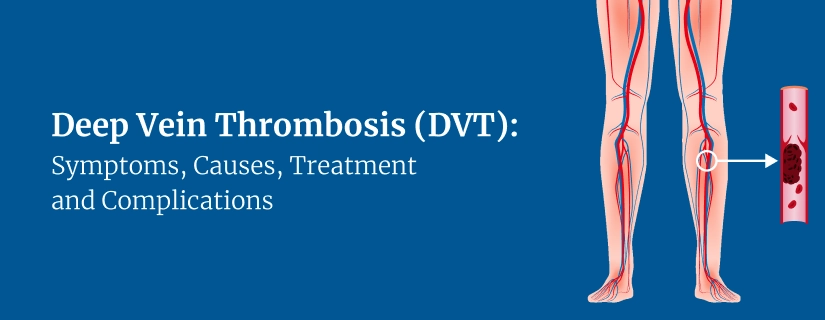-
Doctors
-
Specialities & Treatments
Centre of Excellence
Specialties
Treatments and Procedures
Hospitals & Directions HyderabadCARE Hospitals, Banjara Hills CARE Outpatient Centre, Banjara Hills CARE Hospitals, HITEC City CARE Hospitals, Nampally Gurunanak CARE Hospitals, Musheerabad CARE Hospitals Outpatient Centre, HITEC City CARE Hospitals, Malakpet
HyderabadCARE Hospitals, Banjara Hills CARE Outpatient Centre, Banjara Hills CARE Hospitals, HITEC City CARE Hospitals, Nampally Gurunanak CARE Hospitals, Musheerabad CARE Hospitals Outpatient Centre, HITEC City CARE Hospitals, Malakpet Raipur
Raipur
 Bhubaneswar
Bhubaneswar Visakhapatnam
Visakhapatnam
 Nagpur
Nagpur
 Indore
Indore
 Chh. Sambhajinagar
Chh. SambhajinagarClinics & Medical Centers
Book an AppointmentContact Us
Online Lab Reports
Book an Appointment
Consult Super-Specialist Doctors at CARE Hospitals
Varicose veins: Symptoms, Causes, Diagnosis, and Treatment
Updated on 31 March 2023
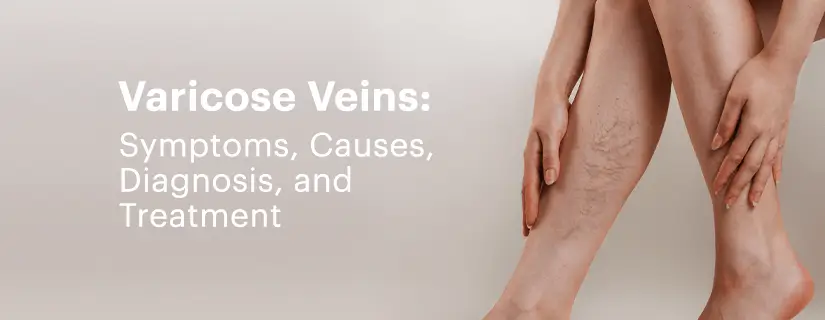
Varicose veins are swollen and twisted blood vessels that bulge under your skin. Enlarged veins are painful or itchy and mainly appear in the lower side of the legs (feet and ankles. That's because standing and walking increase the pressure in the veins of the lower body. Spider veins or varicose veins can make you uncomfortable, but it is not a dangerous medical condition. Learn more about causes, symptoms, and treatments for varicose veins and prevent other serious problems, such as blood clotting.
Symptoms of varicose veins
Varicose veins are easily identifiable by the presence of twisted, swollen veins with a blue or purple hue just beneath the skin's surface. Common symptoms include:
- Bulging veins: These are twisted, swollen veins that resemble ropes, often appearing blue or purple. They can be found just beneath the skin on the legs, ankles, and feet, sometimes forming clusters. Nearby, you may notice tiny red or blue lines known as spider veins.
- Heavy legs: After physical activity, the muscles in your legs may experience a sensation of tiredness, heaviness, or sluggishness.
- Itching: Itching may occur in the area surrounding varicose veins.
- Pain: Legs may exhibit pain, aching, or soreness, particularly behind the knees. Muscle cramps could also be present.
- Swelling: Swelling and throbbing sensations may be noticed in the legs, ankles, and feet.
- Skin discolorations and ulcers: Without proper treatment, varicose veins can lead to brown discolorations on the skin. In severe cases, they may result in venous ulcers, causing sores on the skin.
Causes of varicose veins
Improper blood flow into veins can lead to the formation of varicose veins. It occurs because veins can move forward only due to one-way valves. If valves fail, blood gets collected in the veins instead of moving forward. The overfilled veins will get enlarged and turn purplish. It happens due to various factors, including:
- Pregnancy
- Age above 50 years
- Standing for long durations
- Menopause
- Excessive weight
- Family history of varicose veins
Diagnosing varicose veins
Consult your doctor if you experience any of the above symptoms. The doctor will examine visible veins and inquire about pain or other symptoms. The doctor will advise you to go for an ultrasound to check the blood flow. This diagnostic method will assist your doctor in visualizing blood flow to your veins.
A venogram will be performed for further evaluation, in which the doctor will inject a special dye into your legs and take X-rays. It will allow the doctor to see the issue more clearly. Ultrasounds will determine whether a blood clot or varicose veins are causing the inflammation or pain.
Treatment for varicose veins
The treatment for varicose veins is as follows:
- Do gentle exercise: Raise your legs above your waist to increase blood flow and reduce vein pressure. You repeat the same exercises several times a day.
- Supportive stockings or socks: Elastic stockings can reduce discomfort around the legs by compressing your veins. Compression from stockings will stop blood veins get overfilled and improve blood flow.
- Sclerotherapy: A solution is injected into your vein as part of this therapy. It causes the vein walls to stick together and forms scar tissue. It will eventually fade away.
- Laser therapy: Depending on your condition, your doctor may perform a minor procedure known as endovenous thermal ablation. In this procedure, a long and thin tube known as a catheter is used combined with a laser to close off a damaged vein.
- Vein surgery: The surgeon performs ligation on your affected vein to prevent blood from pooling. Stripping will prevent varicose veins from reappearing by removing the vein permanently.
Complications/ side effects of the treatment
Half of the individuals who undergo surgical stripping experience a recurrence of varicose veins within five years, and a recurrence of varicose veins can also occur after endovenous ablation procedures.
Potential adverse effects associated with these treatments include:
- Scarring
- Skin burns
- Infection
- Nerve injury
- Deep vein thrombosis (a blood clot in a vein deep within the body)
Sclerotherapy, another treatment option, may result in side effects such as:
- Redness or bruising at the injection site for a few days
- Brown discoloration on the skin where the injection was administered (lasting for several months)
- Formation of lumps or hardness for a few months
It's worth noting that sclerotherapy can lead to the development of new varicose veins, requiring additional treatment.
Prevention for Varicose Veins
Preventing varicose veins may not be entirely possible, but adopting an active and healthy lifestyle can reduce the likelihood of developing them. Healthcare professionals recommend similar measures for both prevention and treatment:
- Minimize prolonged periods of standing: Take regular breaks to stretch and walk around, particularly if your job involves extended periods of standing, to promote healthy blood flow.
- Elevate your legs: Raise your feet above your waist whenever possible to facilitate blood circulation toward the heart.
- Maintain a healthy weight: Shedding excess pounds helps alleviate pressure within your blood vessels, reducing the risk of varicose veins.
- Quit smoking: Tobacco use can damage blood vessels, impede blood flow, and contribute to various health issues. Quitting smoking is beneficial for overall vascular health.
- Stay physically active: Regular movement and avoiding prolonged periods of sitting can enhance circulation and contribute to preventing varicose veins.
- Consider compression stockings: Supportive socks and pantyhose apply gentle pressure to veins, aiding blood circulation and potentially preventing the worsening of varicose veins.
- Wear well-fitting clothes: Avoid tight waistbands to encourage proper blood flow and minimize the risk of varicose veins.
Reach Our Specialist!
If you have pain or swelling in the lower side of the legs, consult our varicose veins specialist right away to get a diagnosis and treatment. To learn more, visit the CARE Hospitals website.

ENQUIRY FORM
SELECT CATEGORIES
-
Neurosciences (16)
-
Neurology (37)
-
Neurosurgery (14)
-
Orthopaedics (48)
-
Oncology (33)
-
Obstetrics and gynecology (51)
-
Pulmonology (23)
-
Urology (20)
-
Nephrology (13)
-
Psychiatry (7)
-
Dietetics and Nutrition (111)
-
General Medicine (63)
-
Cardiac Sciences (30)
-
Vascular & Endovascular Surgery and Interventional Radiology (10)
-
Gastroenterology (46)
-
Endocrinology (23)
-
Plastic Surgery (10)
-
Critical Care Medicine (5)
-
COVID-19 (16)
-
Dermatology (16)
-
Emergency Care (1)
-
Ophthalmology (4)
-
Pediatrics (14)
-
Laparoscopic and Bariatric Surgery (8)
-
ENT (15)
-
Kidney Transplant (1)
-
Liver Transplantation and Hepatobiliary Surgery (5)
-
General Surgery (3)
-
Internal Medicine (5)
-
Medicine Information
Peripheral Vascular Disease: Symptoms, Risk Factors and Diagnosis
Compression Stockings: What are They, Types and How it Works
YOU MAY ALSO LIKE
RECENT BLOGS
-
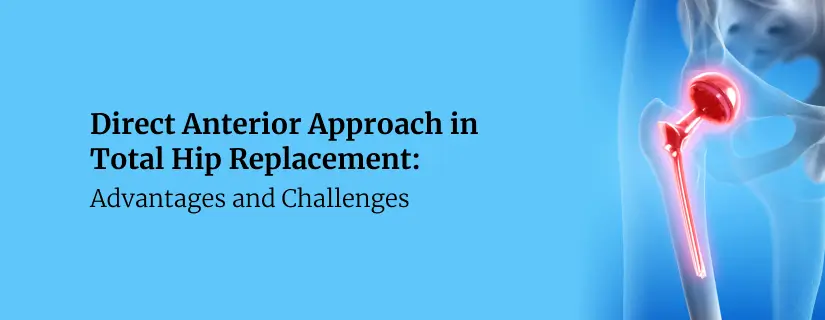
Direct Anterior Approach in Total Hip Replacement: Advantages and Challenges
10 April 2025
Read More
-
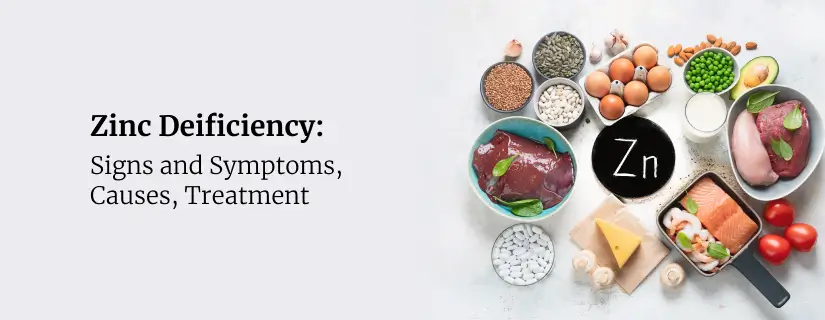
Zinc Deficiency: Signs and Symptoms, Causes, Treatment
9 April 2025
Read More
-
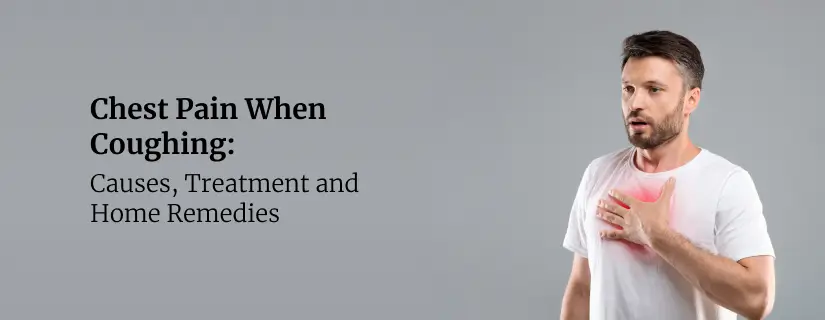
Chest Pain When Coughing: Causes, Treatment and Home Remedies
9 April 2025
Read More
-
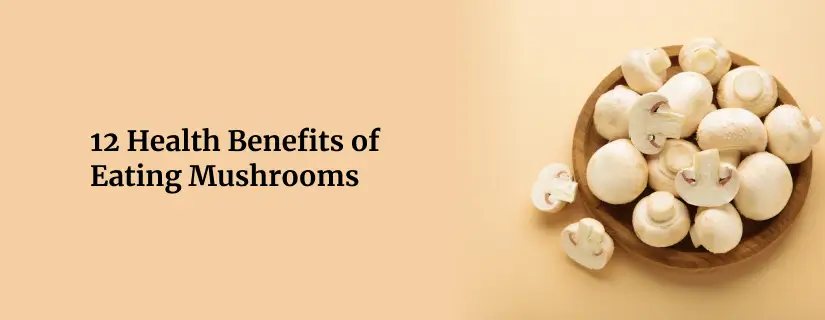
12 Health Benefits of Eating Mushrooms
8 April 2025
Read More
-
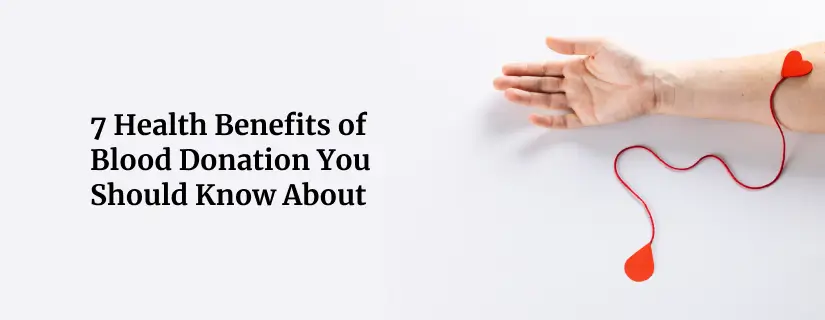
7 Health Benefits of Blood Donation You Should Know About
8 April 2025
Read More
-

Implantation Bleeding Vs Periods: Know the Difference
28 February 2025
Read More
-

Bloating During Ovulation: Symptoms, Causes and Remedies
28 February 2025
Read More
-
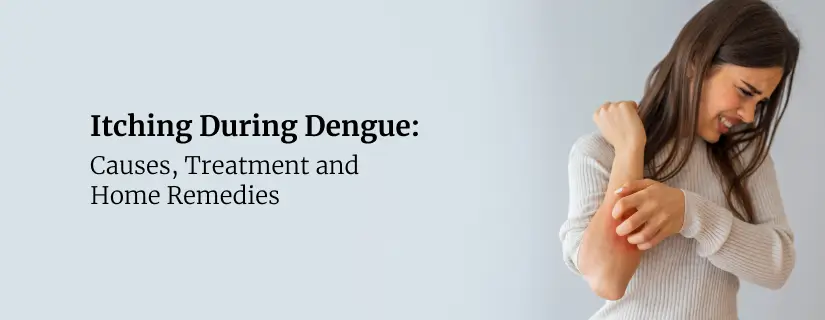
Itching During Dengue: Causes, Treatment and Home Remedies
18 February 2025
Read More
Have a Question?
If you cannot find answers to your queries, please fill out the enquiry form or call the number below. We will contact you shortly.


